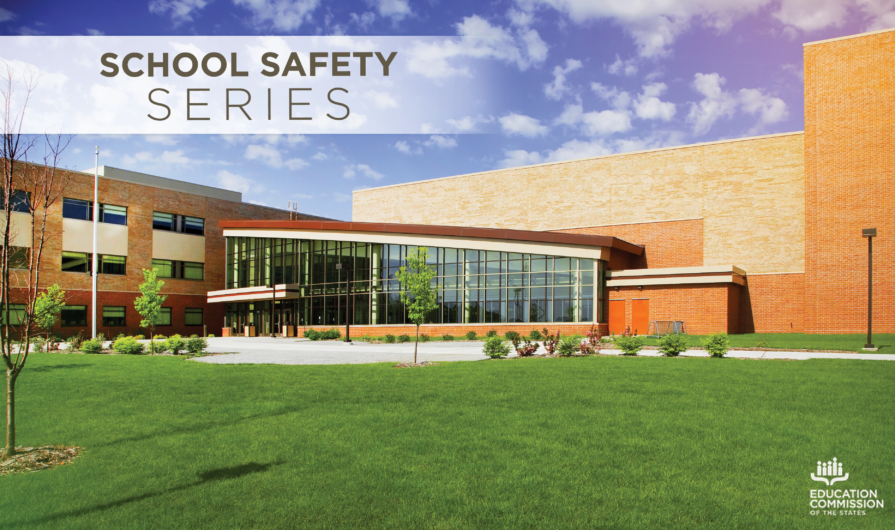This guest post comes from Dale Erquiaga, president and CEO of Communities In Schools. He formerly served as Nevada’s 27th superintendent of public instruction and was chair of the state’s Statewide School Safety Task Force in 2018. Views expressed in guest posts are those of the author.
As students and teachers returned to school this year, they had more on their mind than the academic challenges that await them. Many returned to schools newly hardened or exercising increased safety measures, as governors and legislators across the nation have taken steps to improve school safety.
After last year’s shooting at Stoneman Douglas High School in Parkland, Florida, across the country in Nevada, where I lived and worked for most of my life, then-Gov. Brian Sandoval took the initiative to create the Statewide School Safety Task Force in May 2018. The governor appointed a diverse group of stakeholders, including parents, students, school personnel, public safety leaders and professionals who focus on mental and behavioral health.
We divided the Nevada task force work into two parts: student well-being and physical infrastructure coordination. Nevada is a sprawling state with some very small rural districts, as well as the fifth-largest school district in America. Needs for physical infrastructure varied, as did the approach to school police and school resource officers.
The task force spent most of its time focused on supporting the social and emotional skills and mental health of young people. We heard compelling testimony from students about the anxiety they feel — sometimes increased by the very drills instituted to keep them safe.
The task force report covered a gamut of issues. Based on testimony from the state’s Homeland Security leaders and others, we recommended an omnibus safety bill — essentially an update of statutes enacted after the Columbine High School shooting in Colorado 20 years ago. We recommended funding for social workers, social and emotional learning supports and a review of school discipline policies.
I was chair of the task force, and the biggest lesson for me in this process was the need for a holistic approach. Metal detectors and drills alone cannot address root causes; attention to school climate and social and emotional health must have our constant attention.
Here are a few other things I learned from the task force work:
Learning is social and emotional, and so is safety. Be mindful of how social and emotional learning can play a role for both the adults and young people in diffusing violence, building resilience and creating a positive climate. This requires funding and integration efforts.
Make room for student voice. Be authentic about listening to young people, not tokenizing them. This is their lived experience. Reach out to students from all backgrounds, not only those in leadership or advisory council roles.
Involve all parties. This isn’t just an education issue. Bring representatives from homeland security, public safety, health and human services agencies and the judiciary to the table as well. And don’t forget parents and community nonprofit partners!
Pay attention to day-to-day safety issues. You’re not only planning for a horrific mass event. Bullying and discipline policies make individual students feel unsafe every single day.
As the governors and legislators across the nation continue to tackle this complex issue, it’s my hope they will address the broad set of issues rather than reach for quick fixes and visible measures. I recently participated in a National Governors Association convening in Minnesota, where I saw that commitment on full display as interdisciplinary teams came together. It gave me hope. And I know that organizations like mine, and most importantly the students we all serve, stand ready to help keep the debate going in rich and meaningful ways.




